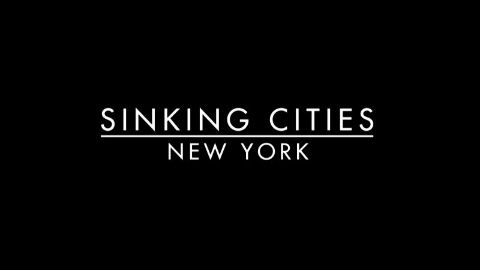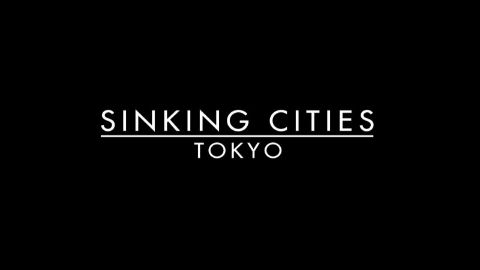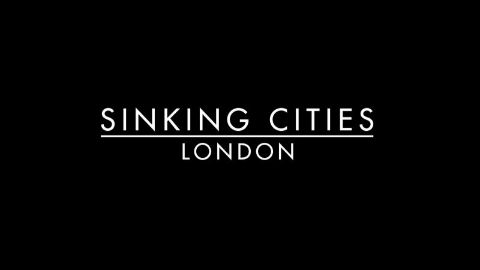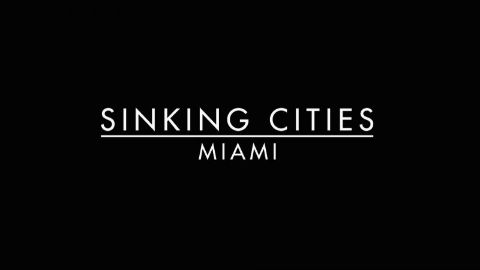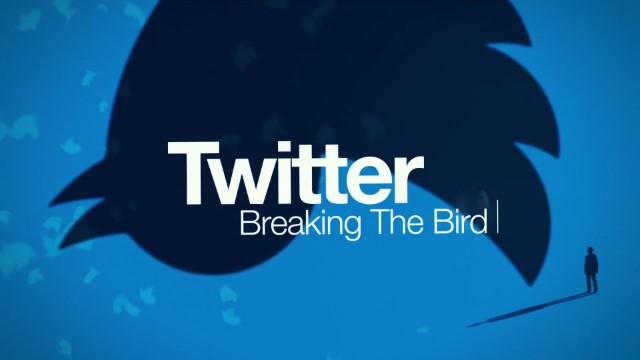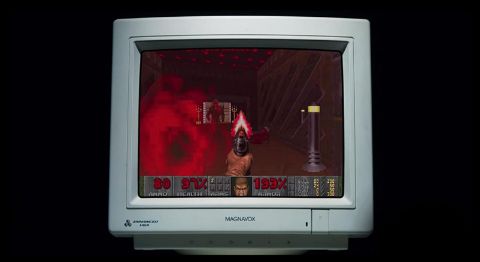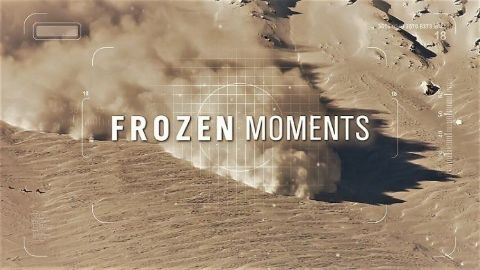London • 2018 • episode "S1E3" • Sinking Cities
See firsthand why London's Thames Barrier is no longer enough to keep the city safe from rising tides. The system has worked for decades, but due to increased environmental challenges, its location on a flood plain and heavy urbanization, London must now explore both low-tech fixes and some of the most advanced engineering solutions in the world.
Make a donation
Buy a brother a hot coffee? Or a cold beer?
Hope you're finding these documentaries fascinating and eye-opening. It's just me, working hard behind the scenes to bring you this enriching content.
Running and maintaining a website like this takes time and resources. That's why I'm reaching out to you. If you appreciate what I do and would like to support my efforts, would you consider "buying me a coffee"?
Donation addresses
BTC: bc1q8ldskxh4x9qnddhcrgcun8rtvddeldm2a07r2v
ETH: 0x5CCAAA1afc5c5D814129d99277dDb5A979672116
With your donation through , you can show your appreciation and help me keep this project going. Every contribution, no matter how small, makes a significant impact. It goes directly towards covering server costs.
